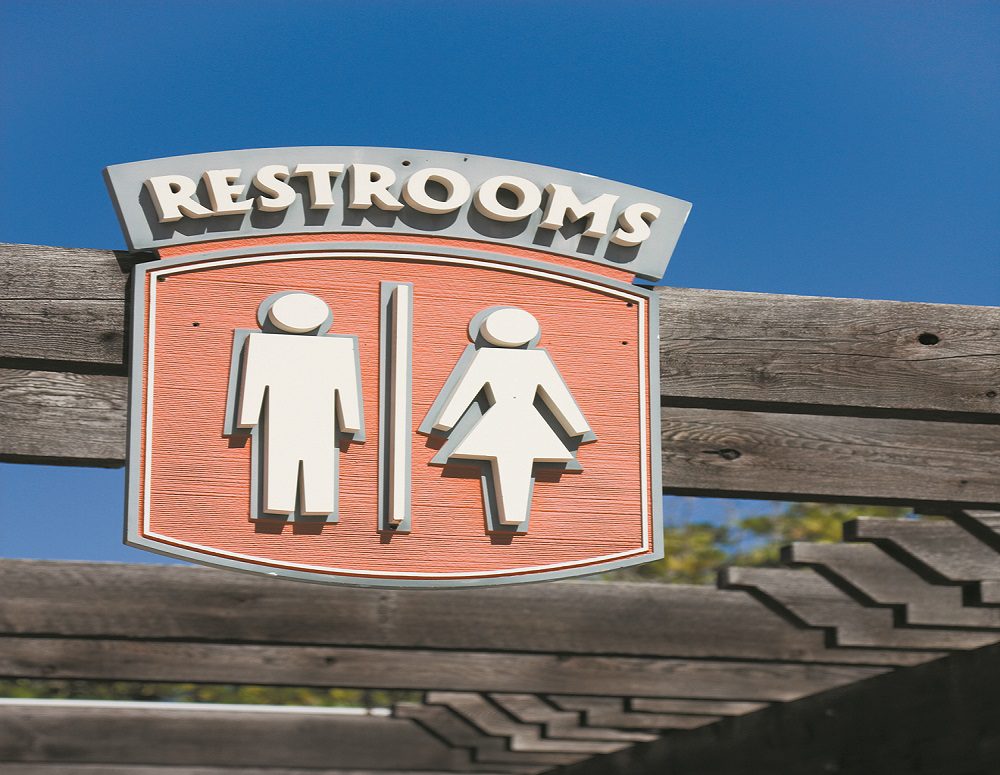It’s the stuff of a million embarrassed asides: I better not drink any water before getting in the car. I’m not sure I can make it to intermission. I pee a little when I cough. Urinary leakage, or incontinence, is not a normal part of aging, but it is very common, especially among women. People who struggle with urinary leakage or with fear of not making it to the bathroom in time often believe there is little they can do about it, but the two most common causes—stress incontinence and overactive bladder—are often treatable.
Stress incontinence
About one in three women will develop what’s known as stress urinary incontinence, the kind of urinary leakage that can happen when you cough, laugh, or move in other ways that put pressure on your bladder. Women who have given birth are especially vulnerable because their pelvic floor muscles, which are involved in urination, can be stretched, weakened, or damaged during labor and delivery, but it also strikes about one in five women who have not given birth. Women of any age can have this problem, but it’s most common after age 65.
Overactive bladder
Overactive bladder is when you have frequent strong urges to urinate that interfere with your life. About 40 percent of women and 30 percent of men in the United States have symptoms of overactive bladder, according to the American Urological Association.
This condition can make it difficult to get through daily routines without frequent pit stops. At night, constantly getting up to pee can disrupt your sleep. Some people with overactive bladder have leaking accidents, but even those who don’t may live in fear of the day they can’t make it to a bathroom.
In men, overactive bladder is often a result of changes in the prostate gland, which is located just below the bladder and surrounds the urethra, the tube used for urination. An enlarged prostate, which is common in older men, can cause frequent urges to urinate and make it difficult to empty the bladder completely. In women, damage to pelvic nerves during childbirth, along with the hormonal changes of menopause, can contribute to overactive bladder and urine leakage.
In men and women, overactive bladder can result from pelvic or back surgery or certain neurological conditions, such as stroke, Parkinson’s disease, and multiple sclerosis.
In women, a combination of stress incontinence and overactive bladder is quite common.
Treating stress incontinence
Your doctor may suggest some immediate steps you can take to try to stop or minimize your symptoms. For example, you might visit a specially trained physical therapist to learn pelvic floor exercises that can help you control your urine flow.
While these exercises are similar to the Kegel exercises many women learn after childbirth, it’s important to learn the particular techniques that help with urinary leakage. Performing the exercises incorrectly might make matters worse.
You may also want to lose some weight. Multiple studies show that being overweight or obese increases the risk for stress incontinence and that losing even a few pounds can help relieve symptoms.
If those simple steps don’t work, you may want to consider a medical procedure or medications. For stress incontinence, your doctor may recommend in-office injections of a gel-like substance to “bulk up” the urethra and temporarily reduce urinary leakage.
Another option is sling surgery. In this outpatient procedure, a small strip is placed under the urethra to hold it in place. The slings can be made of surgical mesh, your own tissue, or donor tissue. Infections and other complications can occur, so you should discuss potential risks with your surgeon.
Managing overactive bladder
People with overactive bladder may benefit from the same pelvic floor exercises that help people with stress incontinence. Men can do these exercises, too.
You may also need to change the timing of your drinks and limit your consumption of caffeine and alcohol, which can irritate the bladder. Some people find that spicy foods, citrus fruits, or tomatoes are irritants as well. Keeping a bladder diary can help you discover which changes make a difference for you.
Your doctor may also recommend timed or delayed urination. You might try urinating on a schedule (for example, every two or four hours during the day), or you might resist the urge to urinate for a few minutes at first and then longer to see if you can regain control over your bladder. These changes should be tried only under the supervision of a doctor.
Advanced treatments
For overactive bladder, you might also benefit from medications. Some women find that vaginal estrogen creams help with their bladder symptoms. In addition, many people try drugs from two groups: anticholinergics (available in pills and patches) and beta-3 adrenergic receptor agonists (available as pills). The medications are sometimes used in combination.
The drugs have side effects ranging from dry mouth and constipation to increased blood pressure. Anticholinergic drugs also have been linked to an increased risk of dementia, so they should be used with great caution in older adults. Botox injected into the bladder can reduce or eliminate leaking temporarily. People who don’t get relief other ways can choose from several implanted devices that work on nerve pathways involved in overactive bladder. One procedure is called sacral neuromodulation and relies on a pacemaker-like device implanted under the skin of the upper buttock. Other options depend on devices placed near the ankle to stimulate the tibial nerve, which communicates with nerves in the spine that are important for bladder function.


